We've found 133 matches for your search. Order by
Results
-
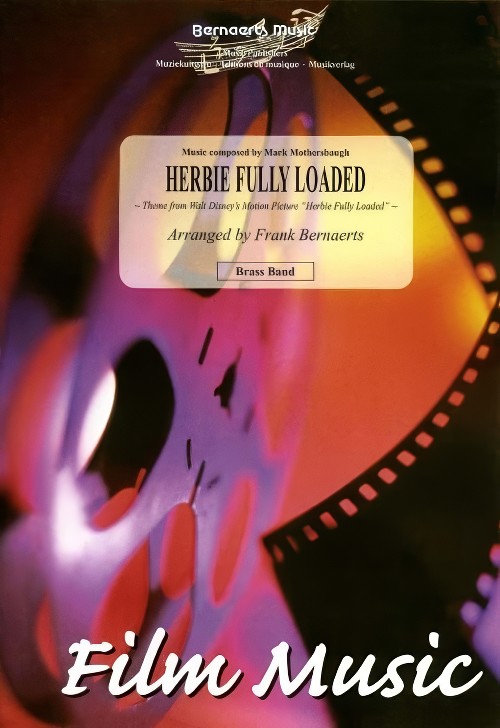 £50.99
£50.99Herbie Fully Loaded (Brass Band - Score and Parts) - Mothersbaugh, Mark - Bernaerts, Frank
Theme from Walt Disney's motion picture "Herbie Fully Loaded". Duration: 03:15
Estimated dispatch 7-14 working days
-
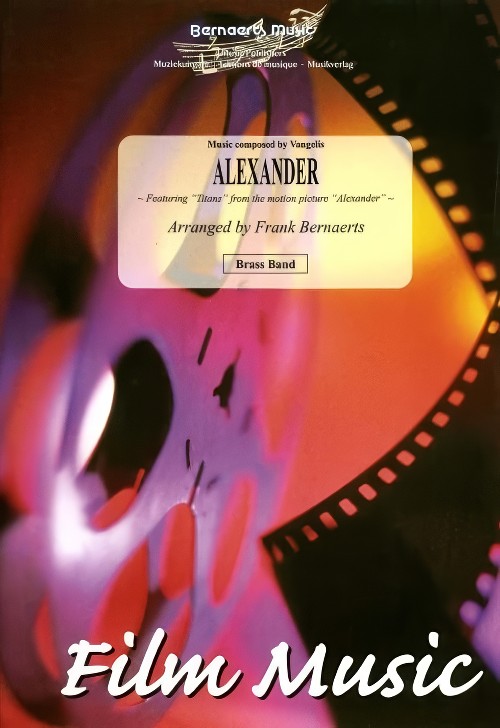 £54.99
£54.99Alexander (Brass Band - Score and Parts) - Vangelis - Bernaerts, Frank
Featuring Titans from the motion picture Alexander. Duration: 4.00
Estimated dispatch 7-14 working days
-
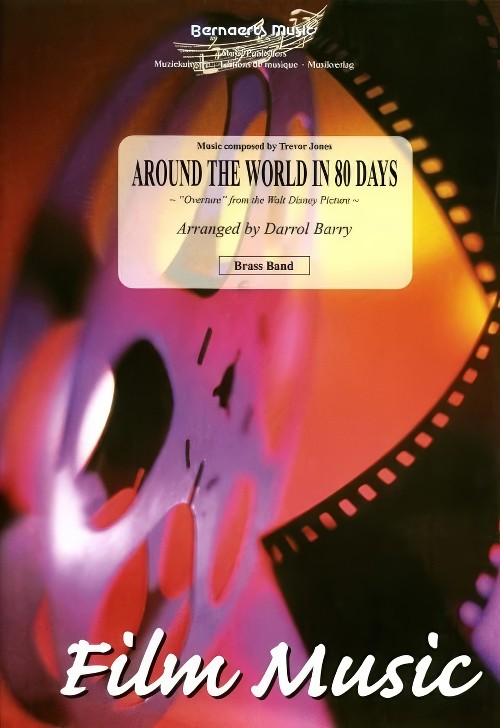 £54.99
£54.99Around the World in 80 Days (Brass Band - Score and Parts) - Jones, Trevor - Barry, Darrol
Overture from the Walt Disney picture Around The World In 80 Days. Duration: 3.45
Estimated dispatch 7-14 working days
-
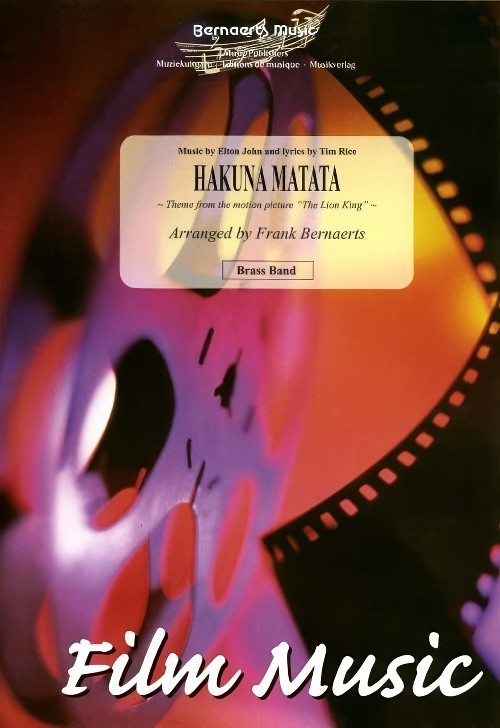 £53.99
£53.99Hakuna Matata (Brass Band - Score and Parts) - John & Rice - Bernaerts, Frank
Theme from the motion picture "The Lion King". Duration: 03:50
Estimated dispatch 7-14 working days
-
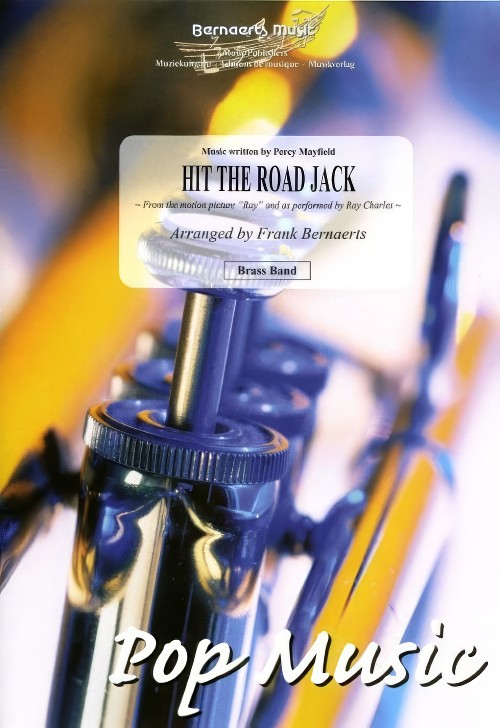 £51.99
£51.99Hit the Road Jack (Brass Band - Score and Parts) - Mayfield, Percy - Bernaerts, Frank
Performed by Ray Charles. From the motion picture "Ray". Duration: 03:05
Estimated dispatch 7-14 working days
-
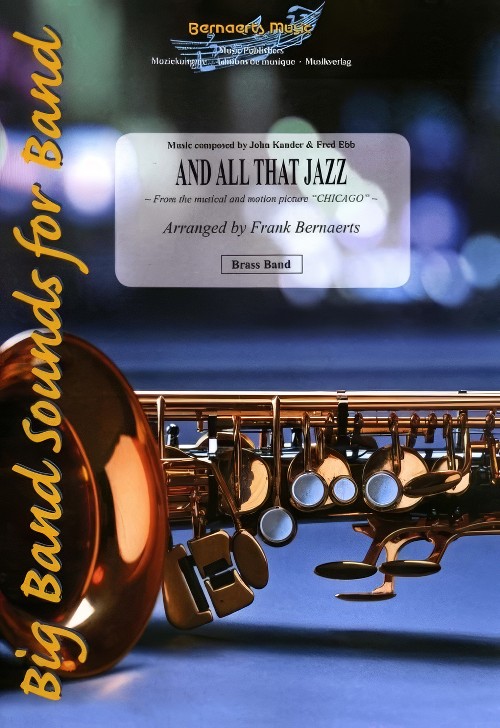 £54.99
£54.99And All That Jazz (Brass Band - Score and Parts) - Ebb & Kander - Bernaerts, Frank
Theme frrom the musical and motion picture Chicago. Duration: 3.15
Estimated dispatch 7-14 working days
-
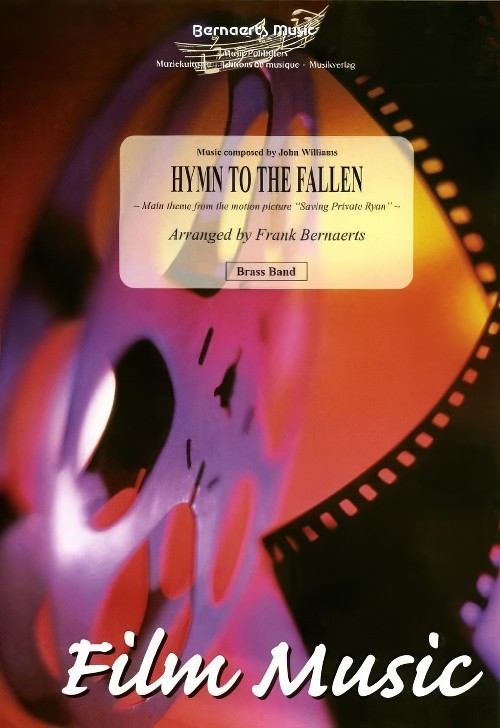 £53.99
£53.99Hymn to the Fallen (Brass Band - Score and Parts) - Williams, John - Bernaerts, Frank
Main theme from the motion picture "Saving Private Ryan". Duration: 06:20
Estimated dispatch 7-14 working days
-
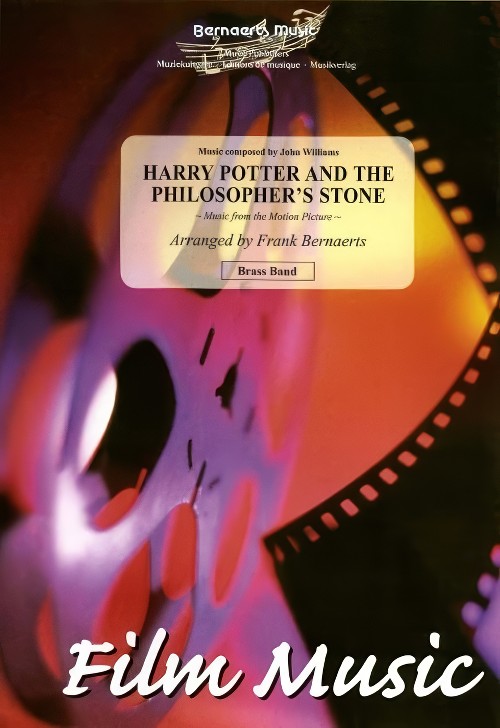 £55.99
£55.99Harry Potter and the Philosopher's Stone (Brass Band - Score and Parts) - Williams, John - Bernaerts, Frank
Music from the Motion Picture. Duration: 04:00
Estimated dispatch 7-14 working days
-
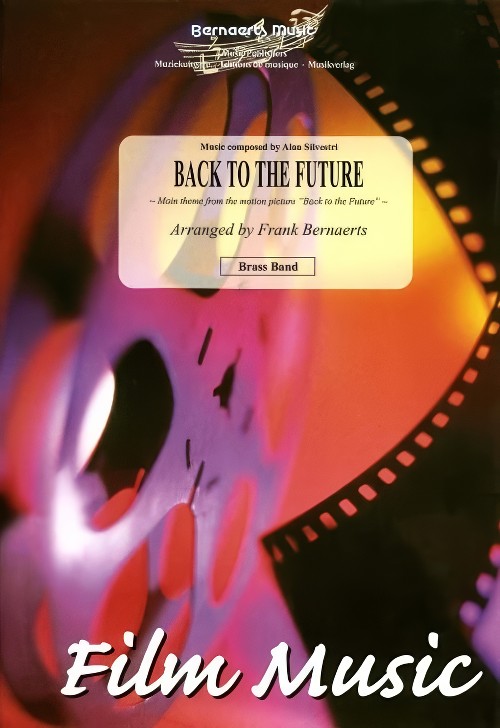 £55.99
£55.99Back to the Future (Brass Band - Score and Parts) - Silvestri, Alan - Bernaerts, Frank
Main theme from the motion picture Back To The Future. Duration: 5.00
Estimated dispatch 7-14 working days
-
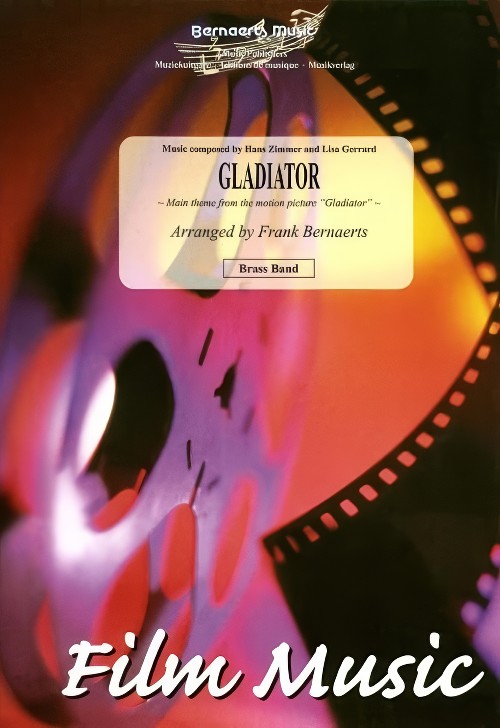 £55.99
£55.99Gladiator (Brass Band - Score and Parts) - Gerrard & Zimmer - Bernaerts, Frank
Main theme from the motion picture "Gladiator". Duration: 04:15
Estimated dispatch 7-14 working days
